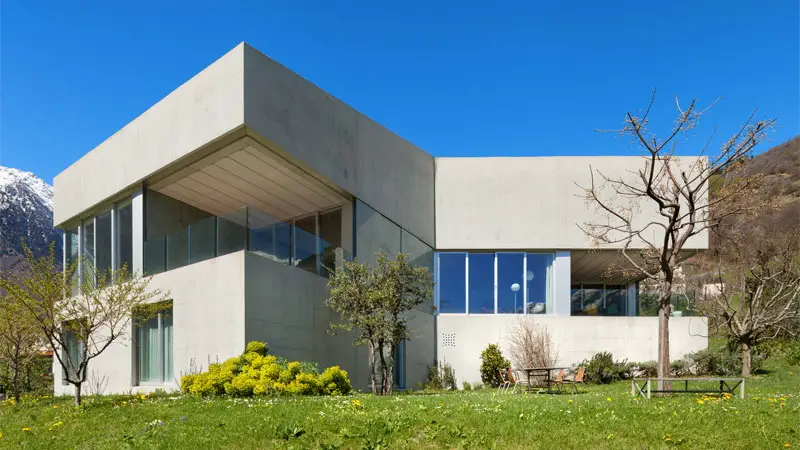Updated on January 3, 2022
If you are building a new house, you may be wondering, “How much does a concrete house cost?” The specific answer to this question depends heavily on several factors, such as house type and size.
Read on to learn about the cost of a concrete house and the factors that impact that cost.
Concrete House Cost at a Glance
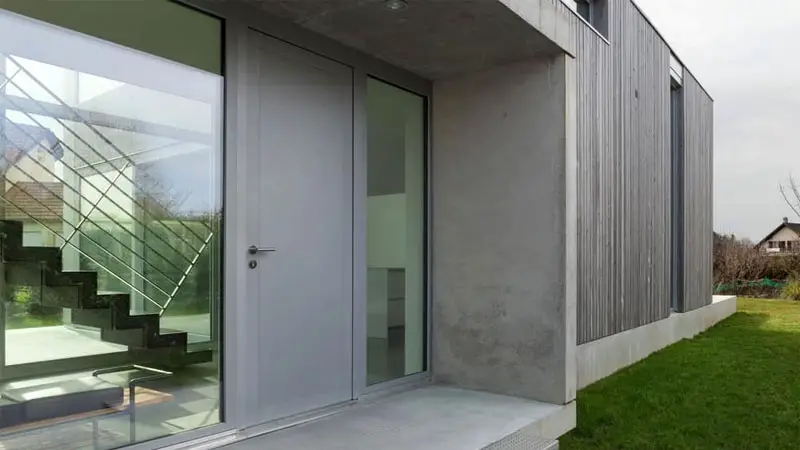
A concrete home can be significantly cheaper than a more traditional home. For example, Curbed published an article that described a 1,722 square foot home being built for $109,000.
Building a concrete home can cost slightly more than building a wood-frame home. It is estimated that constructing a home from concrete can add an additional $2 to $4 per square foot. Say, for instance, that a wood-frame house cost $3 per square foot, the concrete house may cost $7 per square foot.
After the house is completed, though, the concrete frame can save you money. Because concrete provides insulation on its own, you may save 20-25% on heating and air. Additionally, you may save up to 25% on insurance since concrete is more resistant to fire, tornadoes, hurricanes, and earthquakes.
Concrete houses cost less to maintain, as well. Because they do not rot and discourage damage caused by pests, you will have to redo parts of the walls or worry about unwanted damage.
So, concrete homes may cost more money upfront in how they can cost an additional $2 to $4 per square foot. A concrete home may be the cheaper option in the long run, however, since they save you money in heating and cooling, insurance, and maintenance.
Factors that Impact House Cost
The exact cost of a concrete house depends on several factors. Here are four factors that will impact the total cost of your concrete home:
1. House Type
There are four different concrete house types to choose from:
Concrete Blocks
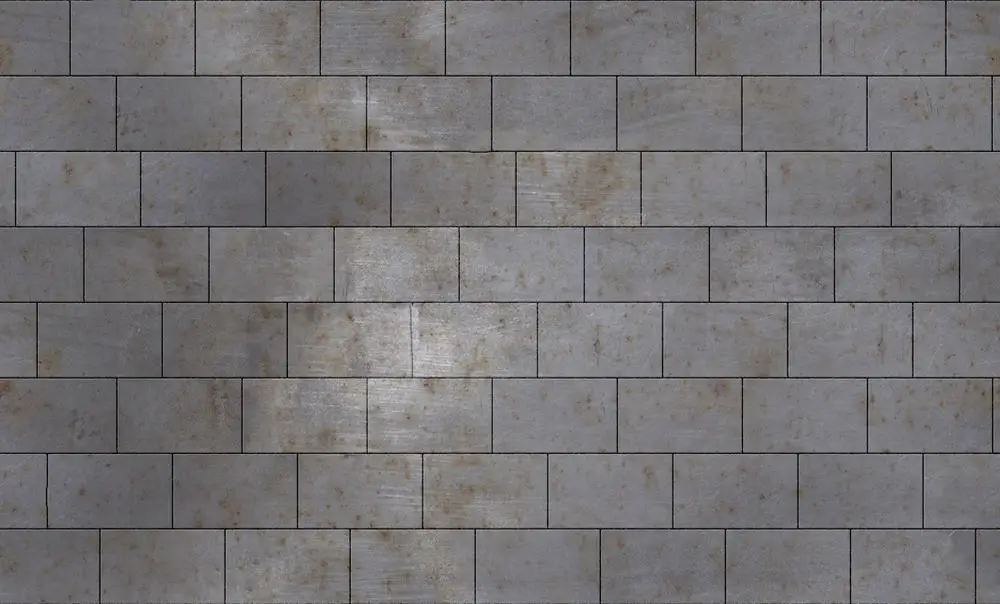
Concrete blocks are a popular material used when building a concrete home. These blocks are usually 16x8x8 inches, but they can be smaller or bigger depending on your preference or block placement on the home. Some concrete blocks are very small so they can fulfill aesthetic purposes.
This form of concrete house is very popular for several reasons. Concrete blocks are very safe and reliable. They are lightweight, durable, fireproof, stronger than poured concrete, and potentially soundproof, making them a smart decision for home building.
Cement blocks come with some drawbacks too. They are more expensive than wood in both material cost and labor cost. They also have to be built into the foundation of the home correctly, or else the foundation could buckle or get water damage.
If you are able to afford concrete blocks and install them correctly, concrete blocks can be a great option for building your home because they are sturdy and reliable.
Precast Panels
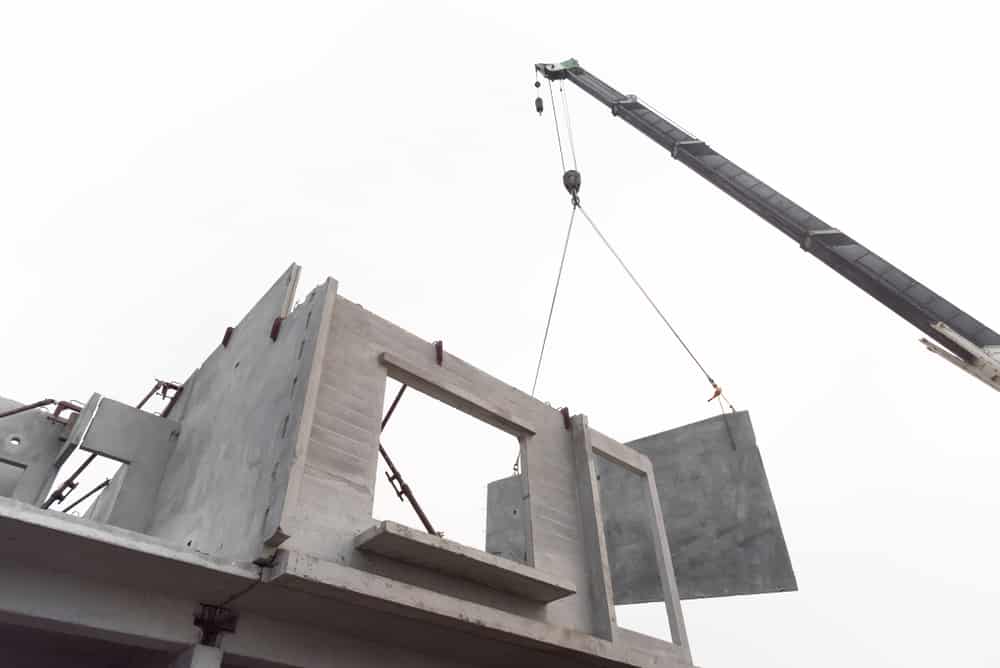
Precast panels are concrete panels that are constructed and cut at a plant before being transported to the construction site. Once they are at the site, a crane holds them over the desired spot while workers bolt them together.
This form of concrete home is ideal because it saves on construction time. Saving construction time means you pay less for construction workers. Precast panels are also extremely durable. They can withstand acid attack, corrosion, and impact.
There are some negative aspects of precast panels. Most notably, they cost much more upfront than other forms of concrete. They may save you money in the long run, but they will require more for purchase. To add to the upfront price, you have to consider transporting the panels, which can cost a lot.
Insulating Concrete Forms
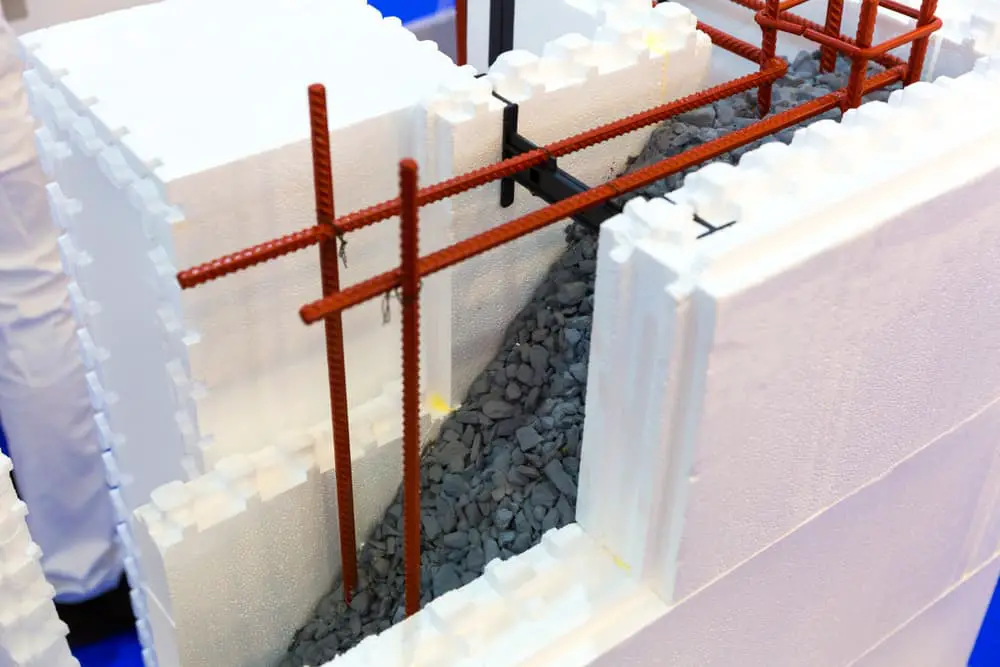
Insulating concrete forms are hollow foam blocks. The foam blocks are then filled with concrete to reinforce the blocks. The foam, even when concrete is filled in, stays to provide insulation from within the blocks.
One reason that you may want insulating concrete forms is that they are extremely safe and eliminate air drafts. Since the concrete is poured at once, the walls are one solid piece which ensures that the home is sturdily reinforced and safe from drafts.
You may not want to get insulating concrete forms if you live in colder climates because of the way heat transfers from the building. Additionally, you may not want insulating concrete forms if you anticipate remodeling the home in the future. You will not be able to add a new window or door.
Removable forms
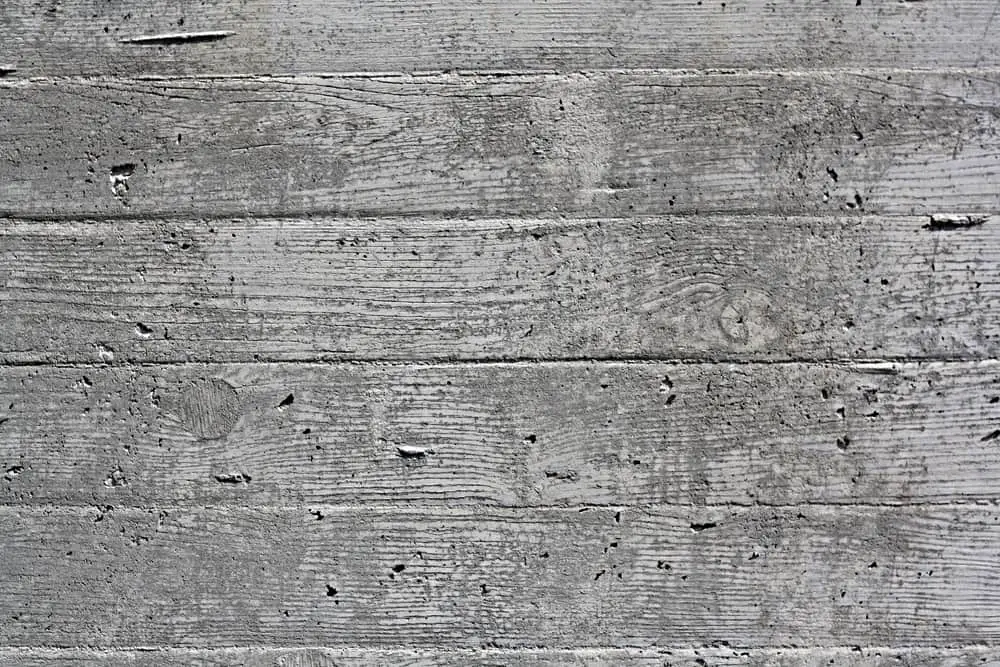
Concrete homes made with removable forms are constructed when insulation and steel are placed inside a removable wall, which can be made from aluminum, wood, or steel. Concrete is then poured into the walls. Once the concrete has cured, the walls are removed.
One benefit of the removable forms is that you can texture the walls in whatever way you want. You can make the wall look like brick or textured paint, for example. In addition, the exterior and interior walls are poured at the same time, which will save you time and money.
Removable forms concrete homes come with downsides, as well. Depending on where you live, there may be less familiarity with this form, making it either expensive or impossible to find someone knowledgeable about this technique.
2. House Size

The size of the house will greatly affect the cost. For every square foot, you will have an additional cost. To get the most bang for your buck, you need to find the balance between needed space and desired space.
To find the best size for you, consider the number of people or animals that will be living in the home, the size of the furniture, and the number of personal items that will be stored within the home.
Although larger houses may be more desirable or attractive, small houses will save you money for heating and cooling construction. There are plenty of ways to style smaller rooms so that they are just as attractive as larger rooms.
3. Outside Environment

Another factor that impacts the cost of the house is the outside environment. The more extreme the outside environment, the more money you will need to keep the home warm or cool. In contrast, the more temperate your outside environment, the more money you will save on heating and cooling.
There are several things you can do to help the concrete’s natural insulation abilities. You can be conscious as to how many doors and windows you place in the home. The more nonconcrete surface areas on the home, the lower the insulation properties.
You can also consider the thickness of the concrete walls. Thicker walls will provide more insulation, but they will be more expensive to construct since they will require more building material.
Overall, the outside environment of the house will impact the cost of the home since it will impact the interior’s comfort-ability and temperature.
4. Insurance

You will need to consider insurance costs when building any home too. Insurance can fluctuate based on environment and past experiences. Luckily, home insurance for concrete homes can be more affordable than homes built with more traditional materials like wood.
In fact, concrete homes can be 25% cheaper than insurance for other homes. The reason for this is that concrete homes are more resistant to wind, rain, fire, and pest damage. These insurance savings will help to make up for the more costly upfront payments of concrete.
5. Maintenance
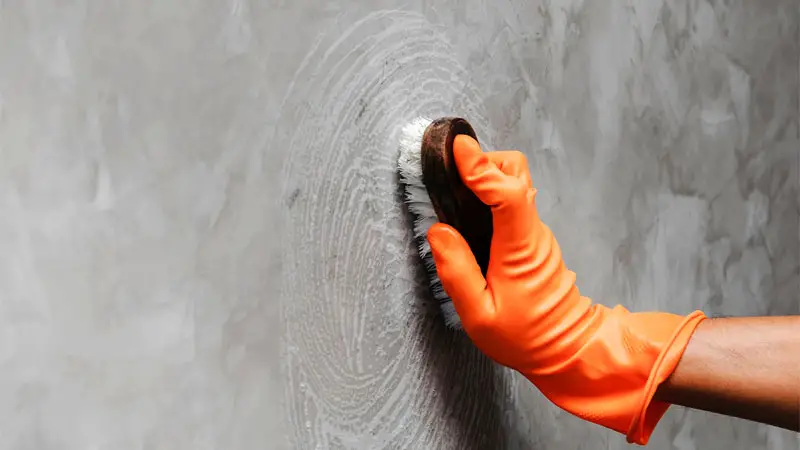
Since concrete is more durable than traditional home building materials, concrete homes require less maintenance than traditional homes. Nonetheless, there are ways that you can maintain your concrete home to elongate its life further.
To clean interior walls, start by placing plastic sheets on any delicate materials and dusting off any debris or dust. Then, fill a one-gallon bucket with hot water and a few squirts of non-ammonia dish soap and fill another gallon bucket with just hot water.
Using the soapy water, wash the walls with a scrubber and remember to rinse out the scrubber frequently. If your walls have mold or mildew, follow the scrubbing by cleaning with a solution of one gallon of water and ½ cup of bleach. Finally, rinse the walls with a hot, wet rag.
Additionally, you can clean the outside of your house. Spray the outside walls with water. Then, dissolve ½ ounce of trisodium phosphate, or washing soda, in a gallon of hot water.
While wearing rubber gloves and eye protection, scrub the walls and rinse with water. Be careful when rinsing the walls because the mixture can damage plants and landscapes.
Conclusion
The cost of concrete houses can vary depending on several factors like house type, house size, outside environment, insurance, and maintenance. Overall, concrete houses cost more upfront than houses built with traditional materials like wood, but they may save you money in the long run.

